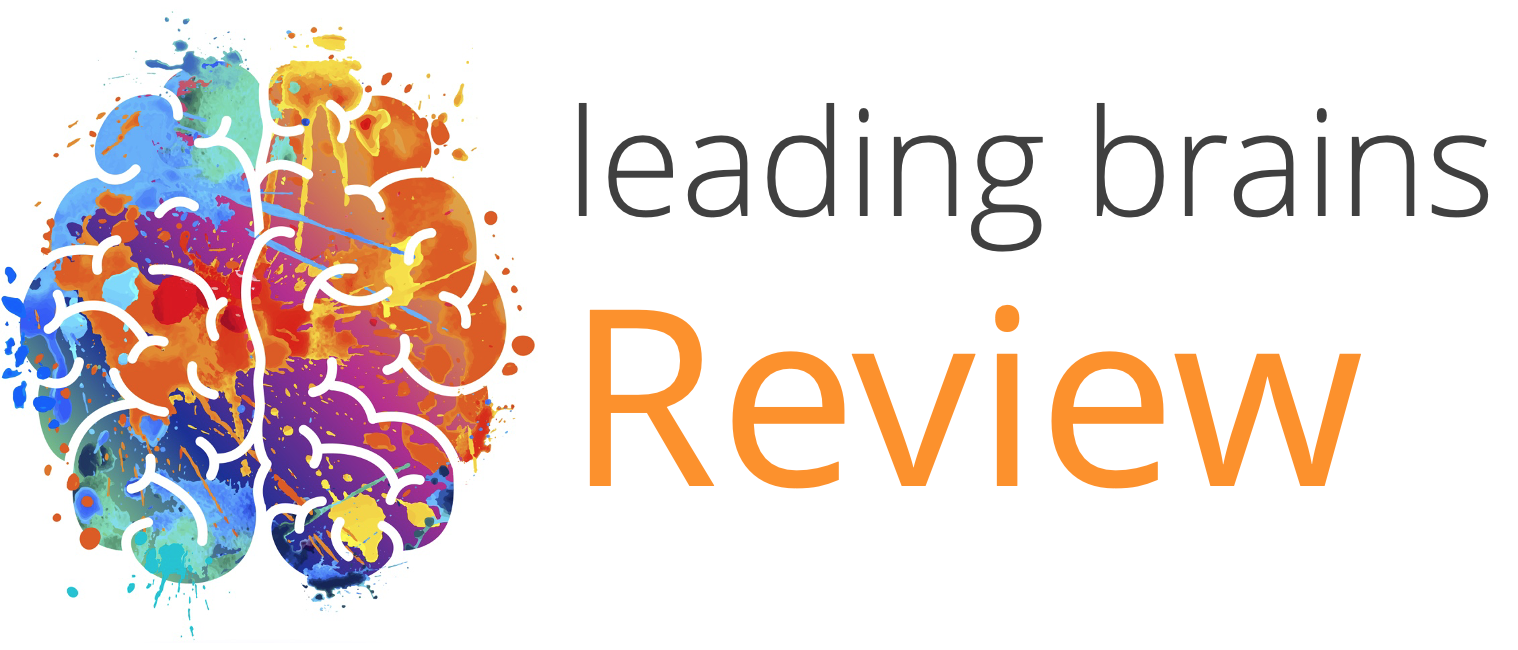Quick Hits
Daily brief research updates from the cognitive sciences

There are multiple mental disorders that can afflict us human beings. And the assumption is that these are complex in nature and there are a multitude of paths to mental illness.
However, there have been a few proposals over the years showing that it may be simpler than we think. I have worked with a model originally proposed by Klaus Grawe and he showed that almost all of well-being could be boiled down to satisfying emotional needs (or not – having needs violated). Others have made promising inroads to identifying a G-Factor – a general factor for mental health.
But this piece of research showed with high accuracy that three factors could predict any mental illness with very high accuracy.
Maisha Iqbal et al. from McGill University in Canada have identified the factors of, what they call, temperament, adversity, and dopamine.
Temperament refers to impulsivity or cognitive control, the ability to control oneself and avoid impulses. Those high on impulsivity we already know have multiple risk factors in life.
Adversity refers to trauma and negative events in life particularly in early years. Again, previous research has shown that the number and severity of early trauma has dramatic impacts on mental health in later life.
Dopamine refers to the dopamine reward pathway in the brain and individual variability in this. Of note is that though dopamine is involved in reward it is also involved in attention and therefore also control – the first point here.
These three combined can predict with 90% accuracy whether somebody has had or currently has a mental disorder. An incredibly high figure. This also points to interventions and how to predict and mitigate these factors. Some of these can be trained and developed.
This is still early days – this research does need to be built on and replicated in larger population groups but nevertheless promising and giving us clear clues as to the underlying mechanisms of mental illness and how to avoid it.

Andy Habermacher
Andy is author of leading brains Review, Neuroleadership, and multiple other books. He has been intensively involved in writing and research into neuroleadership and is considered one of Europe’s leading experts. He is also a well-known public speaker, speaking on the brain and human behaviour.
Andy is also a masters athlete (middle distance running) and competes regularly at international competitions (and holds a few national records in his age category).
Reference
Maisha Iqbal, Sylvia Maria Leonarda Cox, Natalia Jaworska, Maria Tippler, Natalie Castellanos-Ryan, Sophie Parent, Alain Dagher, Frank Vitaro, Mara R. Brendgen, Michel Boivin, Robert O. Pihl, Sylvana M. Côté, Richard E. Tremblay, Jean R. Séguin, Marco Leyton.
A three-factor model of common early onset psychiatric disorders: temperament, adversity, and dopamine.
Neuropsychopharmacology, 2021
DOI: 10.1038/s41386-021-01187-z
More Quick Hits
Your brain on near-death experiences
Near-death experiences have fascinated many people ever since they have been reported. And these experiences guide our view of how we die: the memories of your life passing in front of your eyes, the tunnel of light, the floating movement towards a bright light....
Social networks grow your brain
The headline is a bit “click baity” but it is what a group of researchers found. To be more specific they found in macaques (cute monkeys) in the wild that having more grooming partners grew different regions of the brain. Grooming is the primate version of having a...
What do creative brains look like?
We’d probably all be happy to be a bit more creative — though research into our own opinions show that many people do actually consider themselves to be above average in creativity. An obvious self-bias. This is where scientists who study creativity come in and find...
New gender biases discovered
There have been many studies on gender biases, and I have followed, written, and spoken about many of these biases over the years (over a decade actually) but two studies have just come out that caught my eye. One out of New York University focused on gender natural...
Growth of your brain over your life
So, we all know that our brain grows very quickly as babies and children and then after a certain age, younger than some of us may like to think, there begins a slow decline. But precisely what and how is the question. Well, this is a question that an international...
How to reduce loneliness
I have reported multiple times on loneliness during the pandemic – mostly because interest and research into loneliness has taken a large uptick. I have also reported on how to combat this and was happy to see that a piece of research just out proved what I had...






